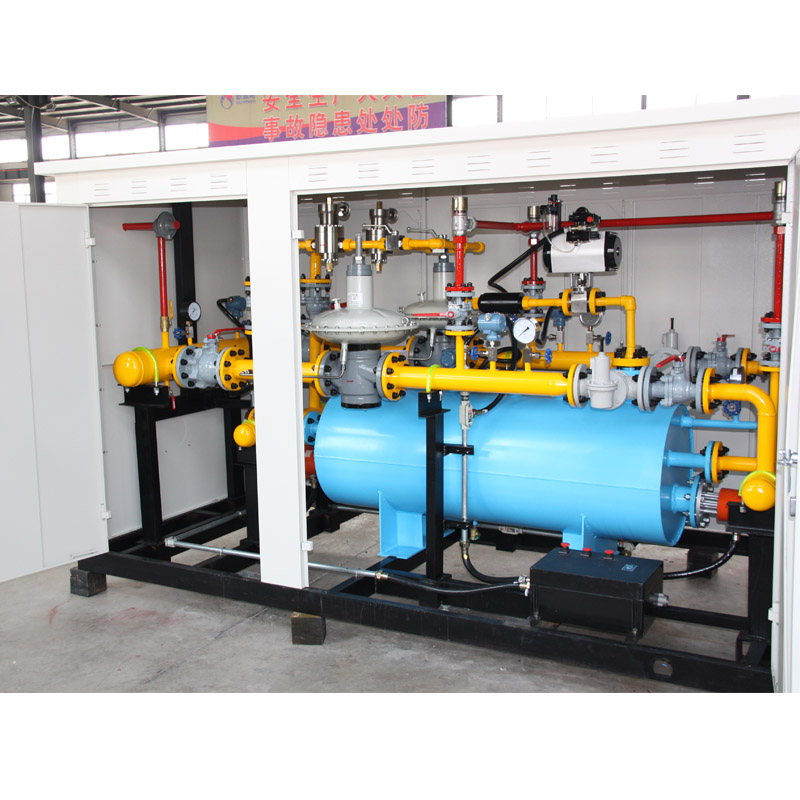
Nov . 06, 2024 10:07
Back to list
Exploring the Concept of Filtration in Various Scientific Applications and Its Importance
Understanding Filtration The Key to Purity and Clarity
Filtration is an essential process used across various industries, laboratories, and even in our daily lives to separate and remove unwanted particles, impurities, or contaminants from liquids or gases. This method harnesses the principles of mechanical separation, providing a straightforward yet highly effective means of achieving purity and clarity in substances.
At its core, filtration involves the passage of a fluid through a filter medium, which can be a membrane, cloth, paper, or specialized material designed to capture particles above a certain size. Depending on the application, the filtration process can be classified into several categories, including mechanical, chemical, and biological filtration.
Mechanical Filtration is perhaps the most commonly recognized type of filtration. It relies on physical barriers to separate solids from liquids. For instance, when brewing coffee, the coffee grounds are prevented from passing into the cup, allowing only the liquid coffee to flow through. This principle is frequently utilized in water treatment, where sand filters remove sediment and larger particles from water sources. The effectiveness of mechanical filtration is influenced by factors such as the pore size of the filter medium, flow rate, and the characteristics of the particles being filtered.
Chemical Filtration operates on different principles by utilizing chemical reactions to remove contaminants. Activated carbon filters serve as a prime example. They are widely used in air and water purification systems because of their ability to adsorb various organic chemicals, odors, and chlorine. The porous structure of activated carbon provides a vast surface area for these substances to cling to, thus improving the quality of the filtered material. This type of filtration is crucial in maintaining healthy air and drinking water, as it effectively removes harmful substances that could pose health risks.
filtration

Biological Filtration combines both mechanical and biological processes. It's commonly found in aquaculture and wastewater treatment. In aquariums, biological filters use beneficial bacteria to convert harmful ammonia from fish waste into less toxic nitrates. This process not only cleans the water but also creates a balanced ecosystem for aquatic life. Similarly, in wastewater treatment, biological filtration systems are implemented to digest organic materials, thereby reducing pollution levels before the water is released back into the environment.
The significance of filtration extends beyond industrial applications; it profoundly impacts our everyday lives. Consider the common household water filter that improves the taste and safety of drinking water. Regular filtration ensures that contaminants such as lead, chlorine, and microplastics are significantly reduced, promoting better health.
Environmental concerns have also catalyzed innovations in filtration technology. With the increasing prevalence of pollutants, researchers are gravitating towards advanced filtration systems that utilize nanotechnology and membrane science. These innovations promise to enhance the efficiency of existing filtration methods, allowing for the removal of even the smallest contaminants, thus safeguarding both human health and the environment.
In summary, filtration is a fundamental process that plays a vital role in our pursuit of purity and clarity, both in commercial applications and everyday life. Whether through mechanical separation, chemical reactions, or biological processes, filtration helps eliminate unwanted substances, ensuring that the liquids and gases we consume and work with are clean and safe. As technology continues to advance, the methods of filtration will inevitably evolve, providing even greater efficiencies and capabilities to meet the growing demands of society. Ultimately, the importance of filtration in maintaining health, environmental quality, and safety cannot be overstated.
Next:
Latest news
-
Safety Valve Spring-Loaded Design Overpressure ProtectionNewsJul.25,2025
-
Precision Voltage Regulator AC5 Accuracy Grade PerformanceNewsJul.25,2025
-
Natural Gas Pressure Regulating Skid Industrial Pipeline ApplicationsNewsJul.25,2025
-
Natural Gas Filter Stainless Steel Mesh Element DesignNewsJul.25,2025
-
Gas Pressure Regulator Valve Direct-Acting Spring-Loaded DesignNewsJul.25,2025
-
Decompression Equipment Multi-Stage Heat Exchange System DesignNewsJul.25,2025

